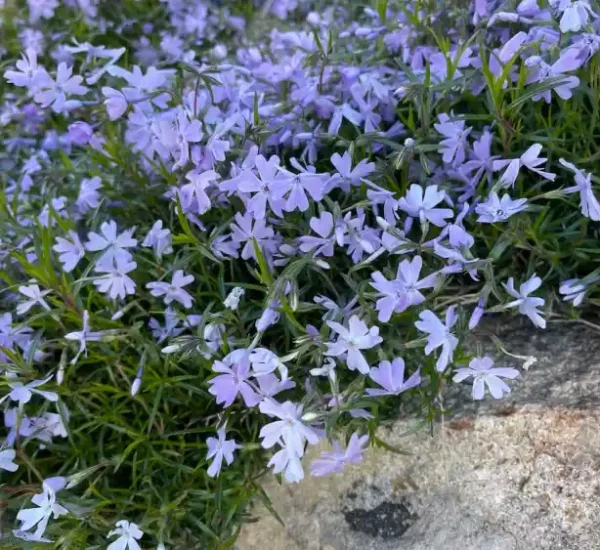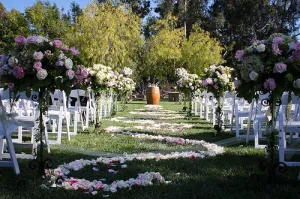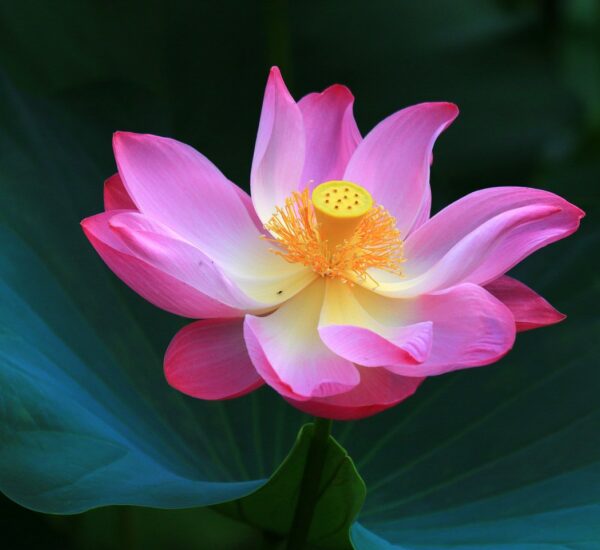Introduction
Zinnias, scientifically known as Zinnia elegans, are vibrant and easy-to-grow annual flowers prized for their brilliant colors and long-lasting blooms. These cheerful and versatile flowers can enhance your garden’s beauty. In this expert guide, we will explore the best practices for growing Zinnias, with insights from horticultural experts, government agencies, and academic sources.
Zinnias Overview
Zinnias are known for their diverse colors and varieties, making them a popular choice for gardens, borders, and cut flower arrangements.
Selecting the Right Zinnia Varieties
Zinnias come in a wide array of varieties, from dwarf to tall, and single to double blooms. To make the best selection for your garden, seek advice from local nurseries, cooperative extension services, and horticultural experts who can guide you in choosing the right zinnia varieties for your region.
Resource
Cooperative Extension Services (No follow tag applied)
Soil Preparation and Planting
Soil Quality
Zinnias thrive in well-drained soil with a pH level of around 5.5 to 7.0. Local government agricultural extension services can provide guidance on soil testing and improvement.
Resource
USDA Soil Testing (No follow tag applied)
Planting Depth and Spacing
Plant zinnia seeds or seedlings at the recommended depth, usually about ¼ inch, and space them according to the specific variety’s requirements for optimal growth.
Zinnia Care and Maintenance
Sunlight
Zinnias require full sun, so ensure they receive at least 6-8 hours of direct sunlight each day for vigorous flowering.
Watering
Keep the soil evenly moist but avoid overwatering, as excessive moisture can lead to fungal issues. Water at the base of the plants to prevent wetting the foliage.
Mulching
Apply mulch to help retain soil moisture and suppress weed growth. Be cautious not to mulch too close to the base of the plants, which can encourage stem rot.
Deadheading
Regularly remove spent flowers to promote continuous blooming throughout the season.
Resource
University Extension Offices (No follow tag applied)
Pest and Disease Management
Zinnias are generally pest and disease resistant. However, it’s essential to monitor for aphids, spider mites, and powdery mildew. Integrated pest management (IPM) techniques are effective in controlling these issues. Consult local resources and experts for region-specific guidance.
Resource
Integrated Pest Management (IPM) Guide (No follow tag applied)
Conclusion
Cultivating Zinnias can bring vibrant colors and natural beauty to your garden. By following the advice of horticultural experts, government agencies, and academic sources, you can enjoy a profusion of cheerful blooms that will enhance your outdoor space.
Remember to consult local horticultural experts and resources for region-specific advice, ensuring that your Zinnias thrive in your unique gardening environment.
What are Zinnias, and what makes them popular in gardens?
Zinnias, scientifically known as Zinnia elegans, are annual flowers known for their vibrant colors and long-lasting blooms. What are the key characteristics that make them popular in gardens?
When is the best time to plant Zinnias in my garden?
Is there an optimal season or time of year for sowing Zinnia seeds or planting seedlings?
How do I choose the right Zinnia varieties for my garden?
With various Zinnia varieties available, how do I select the most suitable ones for my garden, and what are the differences among them?
What are the preferred soil conditions for Zinnias?
What type of soil does Zinnia thrive in, and should I make any amendments to the soil to enhance their growth?
Can I grow Zinnias from seeds, or is it better to start with seedlings?
What are the recommended methods for propagating Zinnias, and when should I initiate the planting process?
How much sunlight do Zinnias require for healthy growth?
What is the ideal amount of sunlight and shade for Zinnias to ensure vibrant flowering and robust plants?
What is the watering schedule for Zinnias?
How frequently should I water my Zinnias, and are there specific watering guidelines to follow for this flower?
Should I deadhead Zinnias, and if so, why?
Is it necessary to remove spent Zinnia flowers, and what benefits does deadheading provide to the plants?
What are common pests and diseases that affect Zinnias, and how can I manage them?
What are the typical pests and diseases Zinnias may encounter, and what are the recommended methods to prevent or treat them?
Can I use Zinnias for cut flower arrangements, and how should I care for them once cut?
Are Zinnias suitable for cut flower arrangements, and what are the best practices for preserving their freshness once cut from the garden?
- Tennessee’s THC Beverage Market - June 5, 2025
- Top THC Infused Seltzers in Delaware - June 5, 2025
- Florida’s Hottest THC Infused Beverages - May 28, 2025




